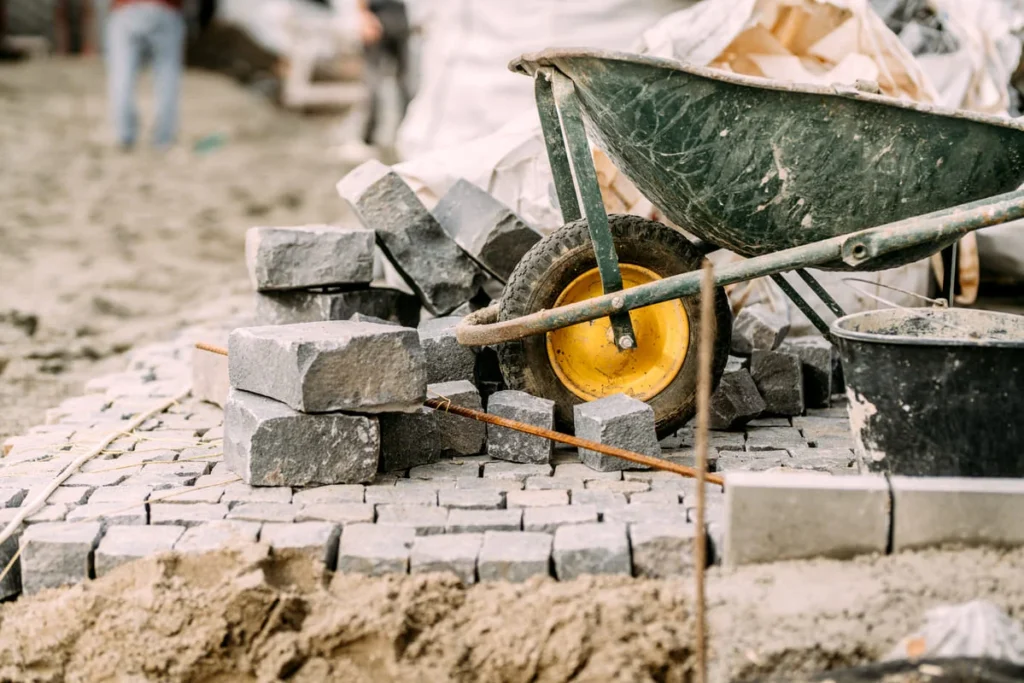

Add color, texture, and life to your yard with our professional plant and tree installations. We select and plant species that thrive in your local climate, ensuring a sustainable and beautiful garden.
Installing plants and trees is a rewarding endeavor that can transform any space into a lush, vibrant environment. Here's a step-by-step guide to get you started:
Planning and Design:
Soil Preparation:
Plant Selection and Purchase:
Planting Process:
Maintenance:


Newly planted trees typically need watering every 7-10 days, but this can vary based on the weather and soil conditions. Ensure the soil is moist but not waterlogged.
The ideal time to plant trees is during the dormant seasons—early spring before bud break or fall after leaf drop. This allows roots to establish before the stress of summer heat or winter cold.
While many homeowners successfully install plants and trees themselves, hiring a professional landscaper can ensure proper planting techniques, design expertise, and ongoing maintenance advice.
Schedule your plants and trees installation today — contact us now!